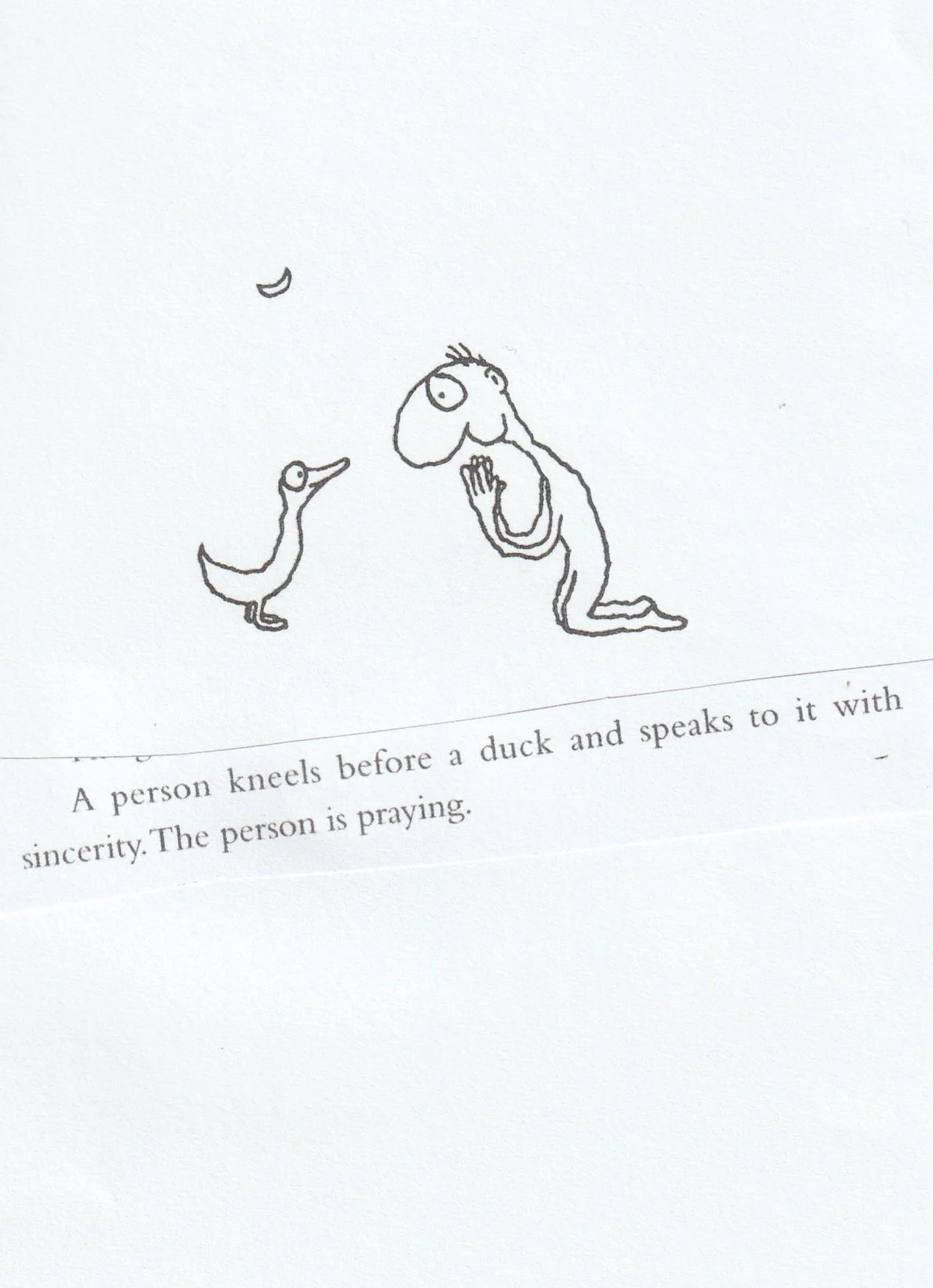I set myself a little challenge of writing a poem everyday while travelling to Tauranga (and back). Here they are:
Friday 21 August 2020, north/east of Waiouru
Mountain and sullen skies merge
on the Kaimanawa-Rangipo plateau.
Monotones - grey,
prussian blue,
umber, raw sienna.
The Desert Road - an unwinding black and gold ribbon
over the wild and lonely landscape.
Tussock, rock and stunted raoulia -
this place has its own mood and its own pace.
Friday 21st August - north of Turangi
From the belly of an ancient volcano
arose the great, grey ruffled waters
of an inland sea.
Now, lapping the toes of restless giants.
You were born of an eruption of such magnitude
that those of other continents bore witness.
For now, you are quiet
Taupo-nui-a-tia.
Saturday morning, 22nd August 9 a.m.
Taupo sparkles.
Cobalt, viridian and rose - fresh from the night rain.
Our favourite cafe is different and has a strange,
oddly irrelevant name.
I don’t like the stodgy scone, but I do love the paper wrapping around the butter.
I give warm feedback.
As in my life - there’s loss
and change - if I compare.
Saturday afternoon, 22nd August, 1.30 p.m.
Then we hurl along empty highways
North-east of Taupo.
Cropped paddocks are bereft of trees or animals for miles.
Cloud mountains overhead.
The landscape as quiet as a city park during lock-down.
The gigantic, grey cylinder stand silent. Incongruous.
Another sign of human interference.
Sunday 23rd August - afternoon
Tauranga.
Tightly packed streets twist and curl around each other.
Houses, crammed in, jostle for a view.
Across the grey harbour Mount Maunganui waits, patiently,
littered with piles of ticky-tacky at her feet.
Monday 24th August, late afternoon
The heavy brow of cloud
Hangs over Taupo - ominous with thunder.
Townsfolk scuttle home.
Tuesday 25th August 2.30 p.m.
Long roads wind up and over undulating hills.
Just over there the Rangitikei river continues her thousands-year-old passage
through rock canyons.
We glide downhill all the way from Taihape.
Blue skies over Manawatu beckon us home.



























